Bringing a new bird into your home is an exciting yet delicate process that requires careful planning and patience. Birds are highly sensitive creatures with complex social needs, and the way you introduce them to their new environment can significantly impact their adjustment and long-term well-being. Whether you’re adopting your first feathered friend or adding to your existing avian family, proper introduction techniques can help establish trust, reduce stress, and create a harmonious household for both your new bird and existing pets. This guide will walk you through the essential steps to ensure a smooth transition for your new avian companion, from preparation before arrival to long-term integration strategies that foster a happy, healthy relationship between you and your bird.
Researching Your Bird’s Species Before Bringing Them Home

Understanding your bird’s specific species requirements is the crucial first step in preparing for their arrival. Different bird species have varying needs regarding diet, housing, temperature, social interaction, and enrichment activities. For example, African Grey parrots require extensive mental stimulation and social interaction, while canaries may be content with less direct handling but need plenty of flying space. Take time to research your bird’s natural habitat, behaviors, and common health issues to create an environment that closely mimics their natural conditions. Connecting with reputable avian veterinarians, experienced bird owners, or local bird clubs can provide invaluable insights about your particular species’ unique characteristics and needs. This foundational knowledge will help you make informed decisions throughout the introduction process and beyond into your bird’s life with you.
Preparing the Perfect Space for Your New Bird
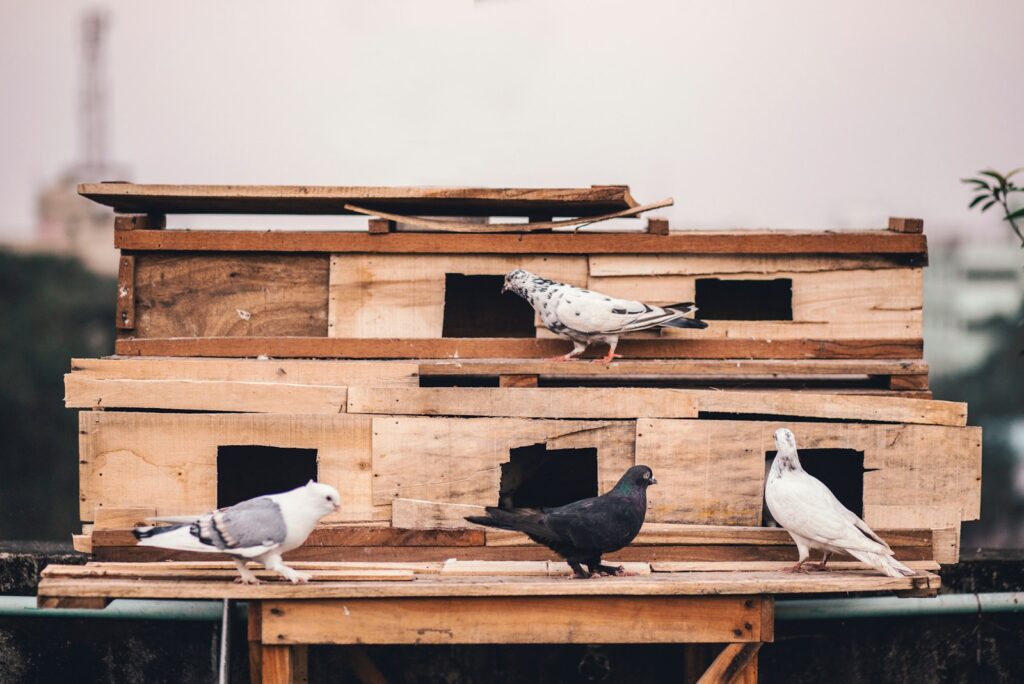
Creating an appropriate living space for your new bird is essential for their physical and psychological well-being. The cage should be spacious enough for your bird to fully extend its wings and move about comfortably, with proper bar spacing to prevent escape or injury. Position the cage in a room with steady temperature (65-85°F for most species), away from drafts, direct sunlight, and kitchen fumes, yet in an area where the bird can observe family activities without feeling overwhelmed. Include various perches of different diameters and textures to promote foot health, and arrange toys, swings, and foraging opportunities that cater to your bird’s natural behaviors. Ensure the cage is equipped with appropriate food and water dishes that are easily accessible but won’t become contaminated with droppings. A well-designed habitat will provide security during the critical adjustment period and serve as a comfortable retreat for your bird throughout its life.
Building a Quarantine Plan for Health Safety
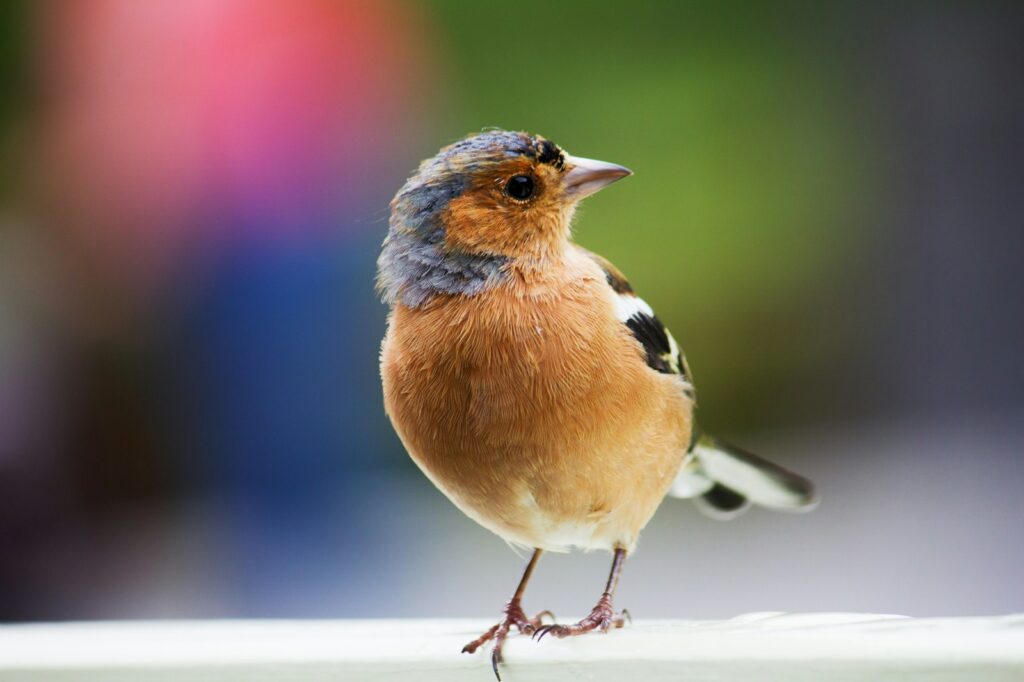
Quarantining a new bird is a non-negotiable step even if the bird appears perfectly healthy, as many avian diseases can remain dormant or show subtle symptoms initially. Isolate your new bird in a separate room from existing pets for at least 30-45 days, using dedicated cleaning supplies and washing hands thoroughly between handling different birds. During this period, schedule a comprehensive check-up with an avian veterinarian who can perform tests for common diseases like Psittacosis, Polyomavirus, and Pacheco’s Disease. Observe your new bird carefully for any signs of illness, including changes in droppings, breathing difficulties, lethargy, or reduced appetite, and maintain detailed records of these observations to share with your veterinarian. This quarantine period not only protects your existing birds from potential disease but also gives your new bird time to adjust to their new environment without the additional stress of meeting other animals.
Creating a Gradual Introduction Schedule
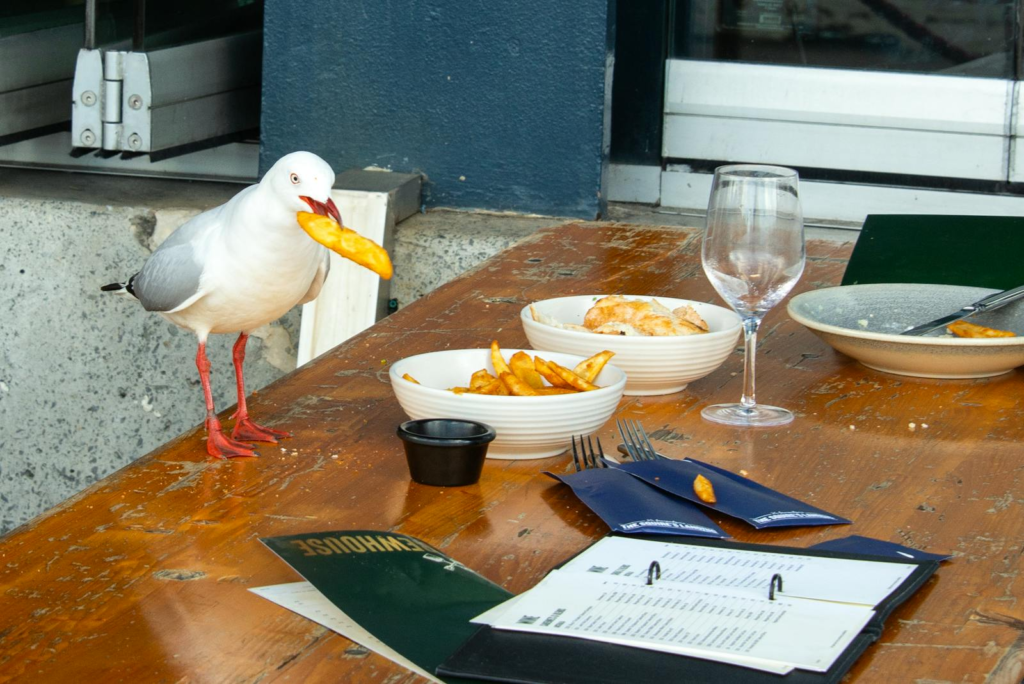
Birds thrive on routine and can become stressed by sudden changes, making a gradual introduction essential for their emotional well-being. Begin by allowing your bird to simply observe the household from the safety of their cage for several days, keeping activities around them calm and predictable. Once they appear comfortable, start introducing family members one at a time, beginning with the person who will be their primary caretaker. Progress to short, positive interaction sessions, starting with just 5-10 minutes and gradually increasing as the bird shows signs of comfort like relaxed posture, curious head tilts, or voluntary approaches to the cage front. Avoid rushing this process—some birds may take weeks or even months to fully adjust, especially if they’ve experienced trauma or multiple homes before. Remember that respecting your bird’s timeline for acclimation will build a foundation of trust that benefits your relationship for years to come.
Understanding Bird Body Language During Introductions
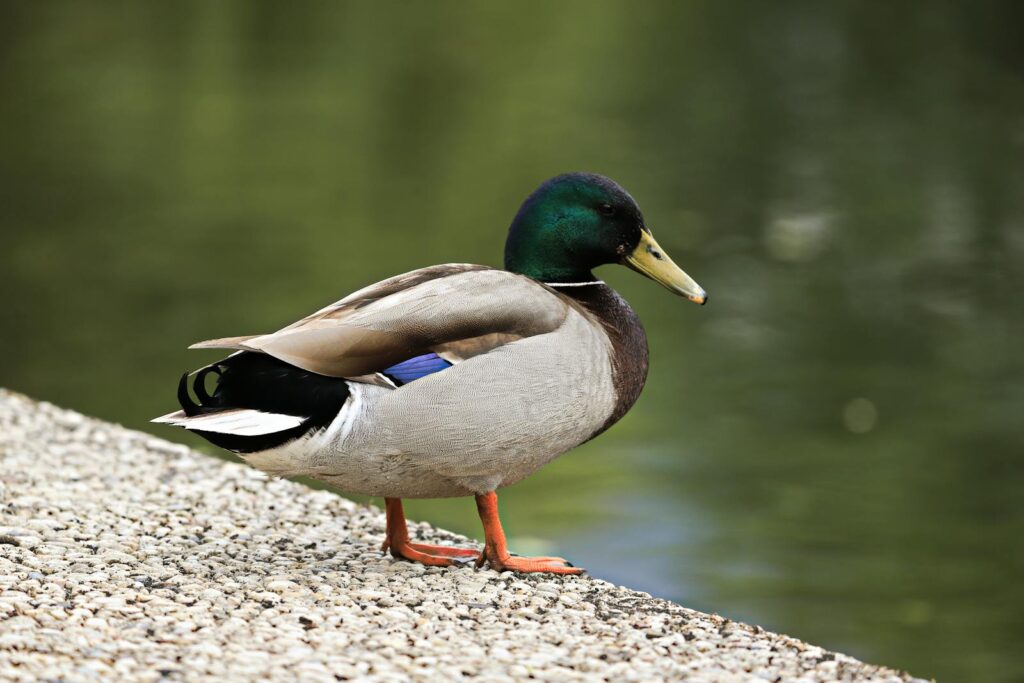
Learning to interpret your bird’s body language is essential for gauging their comfort level during the introduction process. Signs of stress or fear include fluffed feathers, rapid breathing, wide eyes with dilated pupils, frantic movement, freezing in place, or retreating to the far corner of the cage. Positive indicators include relaxed feathers, gentle head bobbing, singing or talking, preening, or showing interest in toys and food. Pay particular attention to subtle cues like slight changes in posture or vocalizations that might indicate mild discomfort before it escalates to more obvious distress. Different species display unique body language; for example, cockatoos often raise their crests when excited or alarmed, while conures may fan their tail feathers. Documenting your observations can help you recognize patterns in your specific bird’s communication style and adjust your approach accordingly. Respecting these signals and not forcing interaction when stress signs appear will demonstrate to your bird that their boundaries are honored.
First Handling Techniques: Building Trust
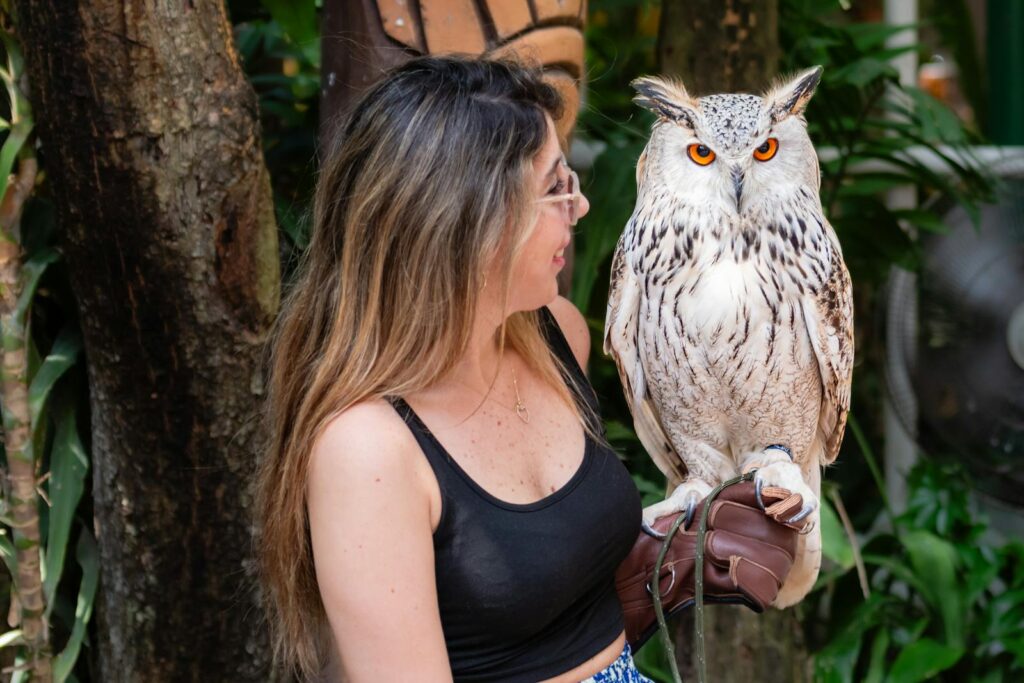
The initial physical interactions with your new bird require patience, gentleness, and respect for their boundaries. Before attempting to handle your bird, spend time simply sitting near the cage, speaking softly, and allowing them to become accustomed to your presence and voice. When the bird shows curiosity toward you, begin by slowly offering your hand at cage level without entering their territory, perhaps with a small treat on your palm or finger. If the bird backs away, respect this boundary and try again later. For birds that are not hand-tamed, use the “step-up” command by gently pressing your finger against their lower chest while giving a consistent verbal cue like “step up.” Keep early handling sessions brief—just a minute or two—ending on a positive note before the bird shows any stress signals. Consistency in your movements and commands helps build predictability, which is crucial for developing trust with these naturally cautious animals.
Introducing Your Bird to Existing Household Members
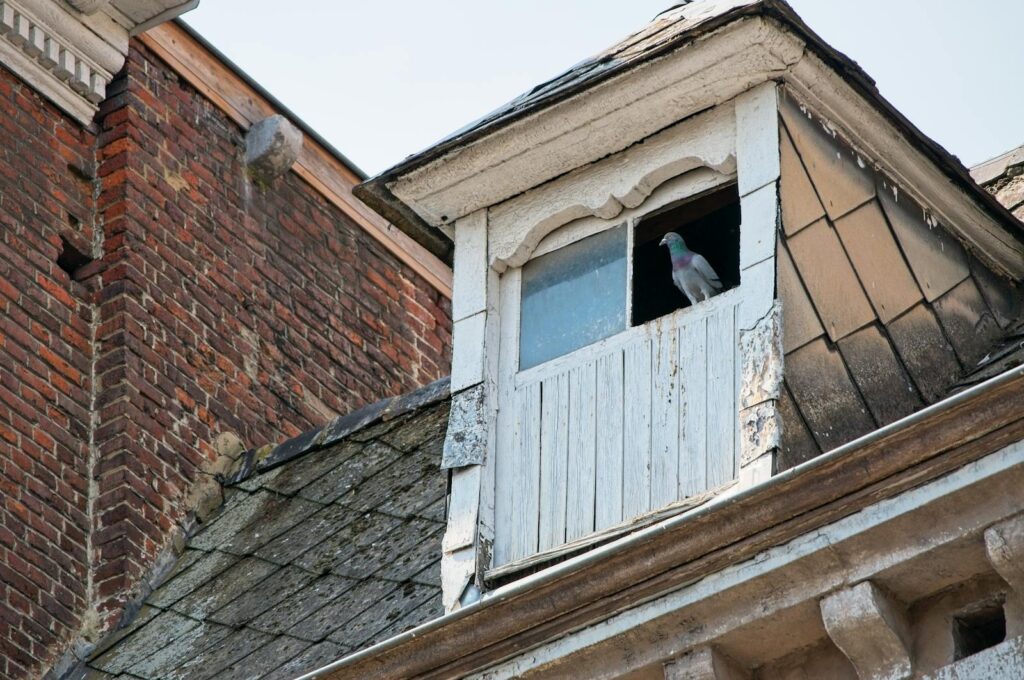
Introducing your new bird to human family members requires thoughtful coordination to prevent overwhelming your feathered friend. Begin with one person at a time, starting with quieter, calmer individuals who can maintain composed movements and soft voices. Create a schedule where different family members take turns sitting near the cage, always respecting the bird’s comfort zone and never forcing interaction. Children should be carefully supervised and taught appropriate behaviors around birds, including understanding that sudden movements, loud noises, or reaching into the cage can be frightening. Elderly family members or those with mobility issues may need special consideration for safe interaction methods. For household members who may have allergies, implement protocols like handwashing after handling and possibly using air purifiers to make the environment comfortable for everyone. Remember that birds often form stronger bonds with certain individuals, so allow these natural relationships to develop rather than forcing equal interaction with everyone.
Safely Introducing Your Bird to Other Pets
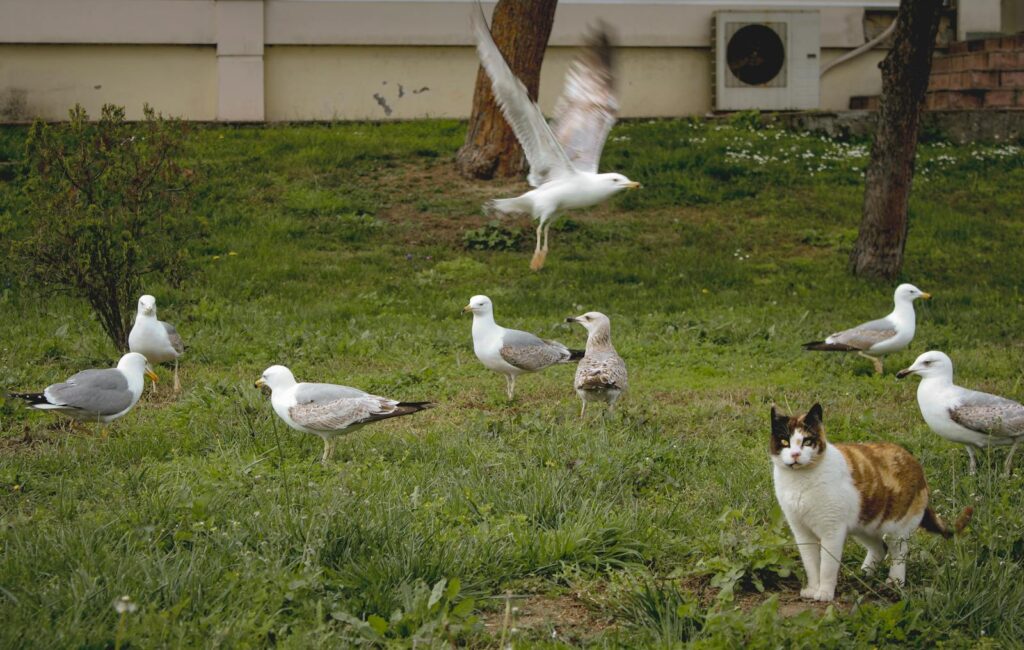
Introducing birds to other household pets requires extreme caution as the natural predator-prey dynamics can create dangerous situations even with well-behaved animals. Never leave birds and mammalian pets unsupervised together, regardless of how well the introduction seems to go. Begin by allowing pets to become aware of each other’s presence through scent and sound while physically separated, perhaps with the bird in its cage in one room and other pets in another with a baby gate between them. Gradually progress to visual contact with the bird safely in its cage and other pets on leashes or in carriers at a distance. Watch for signs of excessive interest from dogs or cats, such as intense staring, stalking behaviors, or agitation, which may indicate predatory instincts being triggered. Some larger parrots may actually intimidate other pets, so also observe if your bird displays territorial aggression. The safety of all animals must be the priority, understanding that in some households, complete separation may be the only safe long-term solution.
Introducing Multiple Birds to Each Other

When introducing a new bird to existing avian companions, proceed with caution as birds can be territorial and social dynamics can be complex. Begin with cages positioned where birds can see each other but not make physical contact, allowing them to communicate and establish familiarity from a safe distance. Watch closely for positive signs like mutual singing, mirroring behaviors, or showing interest versus negative indicators like aggressive posturing, excessive vocalization, or territorial displays. After several weeks of positive visual interaction, you can try supervised time outside their cages in neutral territory, ensuring multiple perches and feeding stations to prevent resource guarding. Some species naturally get along better than others—for instance, finches typically cohabitate well with other finches, while mixing parrot species requires more careful consideration of temperament and size differences. Birds that form pair bonds may reject or even attack newcomers that they perceive as threats to their relationship, so be prepared to maintain separate permanent housing if integration doesn’t succeed.
Creating a Bird-Safe Home Environment

Bird-proofing your home is essential before allowing your new feathered friend out of their cage for supervised exploration. Remove or secure access to common household dangers including toxic houseplants like philodendron and pothos, open water sources like toilets and cooking pots, and potentially harmful foods left on counters. Cover windows with decals or keep curtains partially drawn to prevent window collisions, and ensure ceiling fans are off when birds are free-flying. Eliminate exposure to non-stick cookware, scented candles, air fresheners, and aerosol products which release fumes that can be lethal to birds’ sensitive respiratory systems. Secure electrical cords that might be chewed, and remove small items that could be swallowed. Keep doors to the outside and to dangerous areas like garages securely closed, and consider installing screen doors as an additional barrier. Creating designated safe rooms for out-of-cage time allows for focused bird-proofing efforts while maintaining the functionality of your entire home.
Developing Healthy Feeding Routines
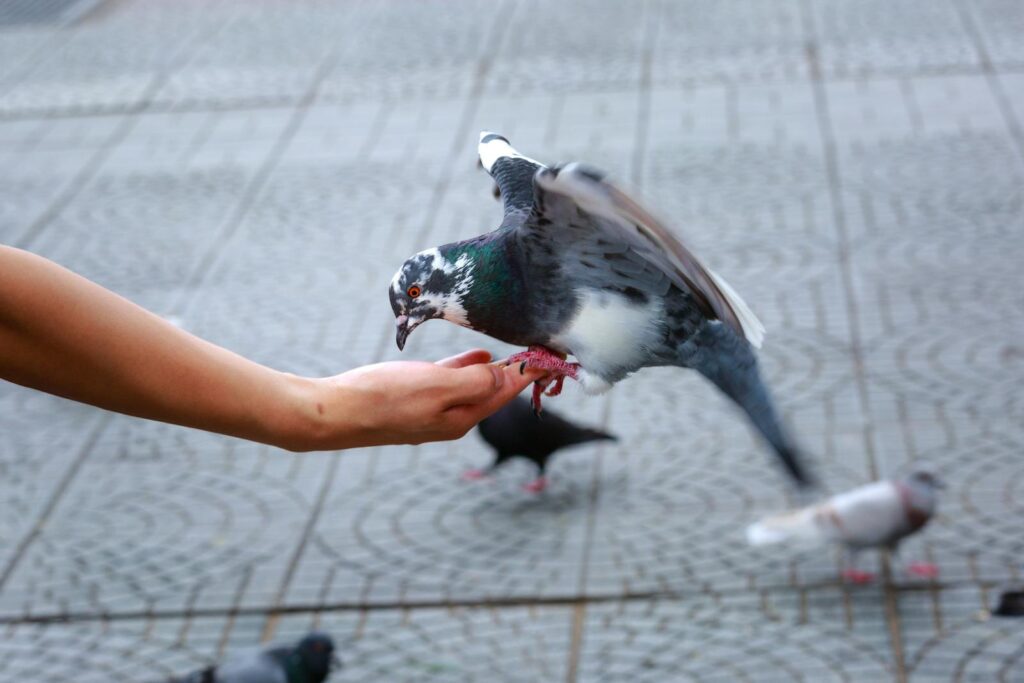
Establishing proper nutrition is fundamental to your bird’s health during the transition period and beyond. Maintain consistency with the bird’s previous diet initially, then gradually introduce any dietary changes over several weeks to prevent digestive upset or food rejection. Create a regular feeding schedule that aligns with the species’ natural eating patterns—for example, many parrots benefit from morning and evening feeding times when they would naturally forage in the wild. Provide a balanced diet appropriate to your species, which may include high-quality commercial pellets, fresh vegetables and fruits, sprouted seeds, nuts, and limited amounts of healthy treats. Monitor food consumption carefully during the adjustment period, as decreased appetite can be an early indicator of stress or illness requiring prompt attention. Make feeding a positive interactive experience by occasionally hand-feeding safe treats, which builds trust while allowing you to observe your bird’s appetite and behavior up close.
Establishing Daily Routines and Boundaries
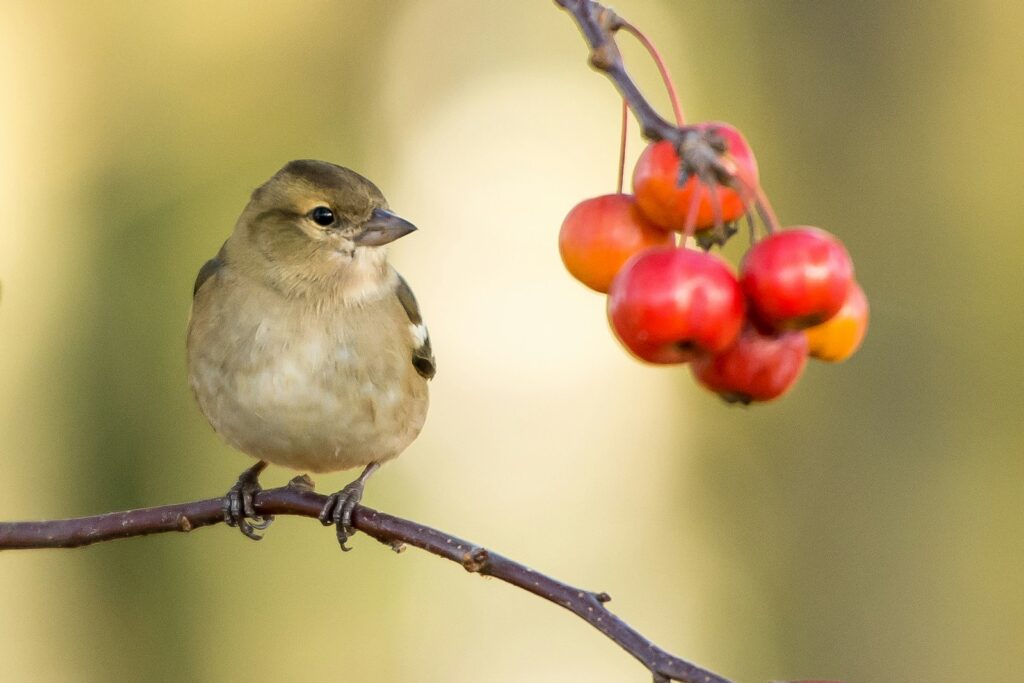
Birds thrive with predictable daily rhythms that provide security during their adjustment period and throughout their lives. Establish consistent times for uncovering and covering the cage, meals, interactive play, training sessions, and quiet periods that align with your bird’s natural activity cycles. Most birds need 10-12 hours of uninterrupted darkness for proper rest, so maintain a regular sleep schedule using cage covers or a dedicated sleep cage in a quiet room. Set clear boundaries about acceptable behavior from the beginning, consistently redirecting problematic actions like excessive screaming or aggressive behavior toward appropriate outlets. Create designated “yes” and “no” areas for out-of-cage time, teaching your bird which furniture, rooms, or objects are permissible for exploration. Remember that routine provides psychological safety for birds, particularly those that have experienced unstable environments previously, while appropriate boundaries help channel their natural behaviors into acceptable expressions within a household setting.
Managing Adjustment Challenges and Behavioral Issues

Even with careful introduction, many birds experience behavioral challenges during their adjustment period that require patient, consistent responses. Common issues include excessive vocalization, feather plucking, aggression, or fearfulness, which may emerge as the bird processes the significant changes in their environment. Address these challenges using positive reinforcement rather than punishment, rewarding desired behaviors and calmly ignoring or redirecting problematic ones. Provide additional environmental enrichment through new toys, foraging opportunities, or training activities to channel excess energy and reduce stress-related behaviors. Consider consulting an avian behaviorist if problems persist despite your best efforts, as they can provide specialized guidance for complex issues. Recognize that some behaviors classified as “problems” are actually normal avian communication or expressions of their natural instincts, requiring accommodation rather than correction. Remember that behavioral changes can also indicate health problems, so consult your avian veterinarian to rule out medical causes for sudden behavioral shifts during the adjustment period.
Long-term Integration and Relationship Building

The journey of fully integrating a new bird into your household extends well beyond the initial introduction period, often developing over months or years of consistent interaction. Commit to daily one-on-one time with your bird, even if just for short sessions of gentle talking, training, or enrichment activities that strengthen your bond. Respect your bird’s individual personality and preferences, which may evolve as they become more comfortable—some birds become increasingly social while others maintain more independent natures. Continue their education through positive reinforcement training, teaching practical commands like “step up,” “stay,” and recall commands that enhance both safety and cognitive stimulation. Celebrate milestones in your relationship, from the first time your bird voluntarily steps onto your hand to more complex interactions like learning new vocalizations or tricks. Remember that the relationship with your avian companion is a lifelong commitment, with many species living decades, requiring ongoing adaptation to their changing needs through different life stages.
Conclusion
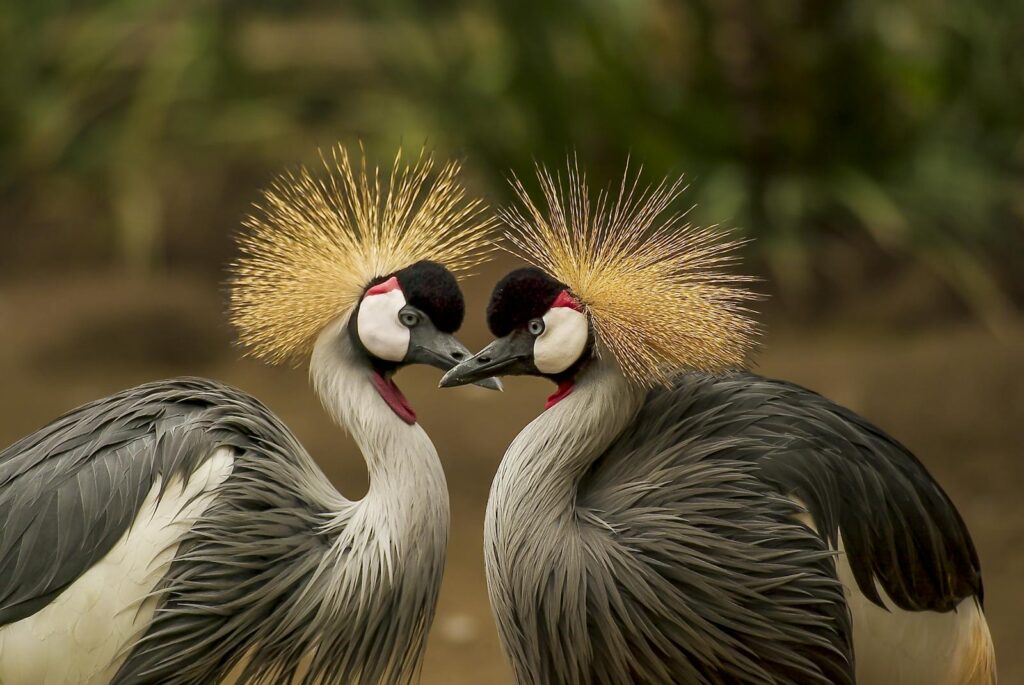
Introducing a new bird to your household requires patience, preparation, and attentiveness to your feathered friend’s unique needs. By creating an appropriate environment, respecting your bird’s adjustment timeline, and learning to communicate effectively with them, you lay the groundwork for a successful integration. Remember that birds are highly sensitive, intelligent creatures with complex social and emotional needs. The effort you invest during the introduction period will be rewarded with a trusting relationship that can last for decades. As your bird settles in and your bond strengthens, you’ll discover the remarkable joy of sharing your life with an avian companion whose presence enriches your home with beauty, intelligence, and the wonder of interspecies connection.

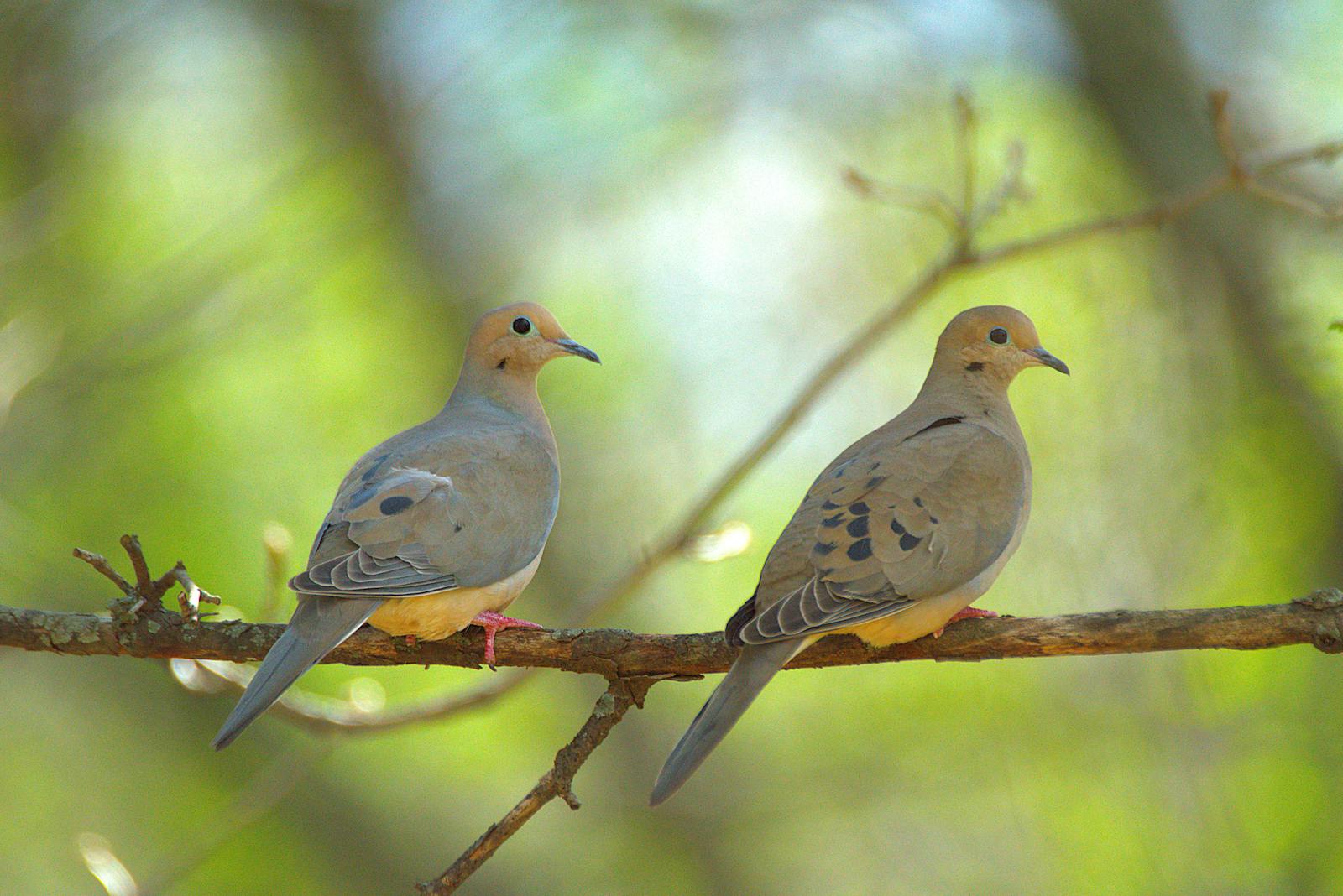



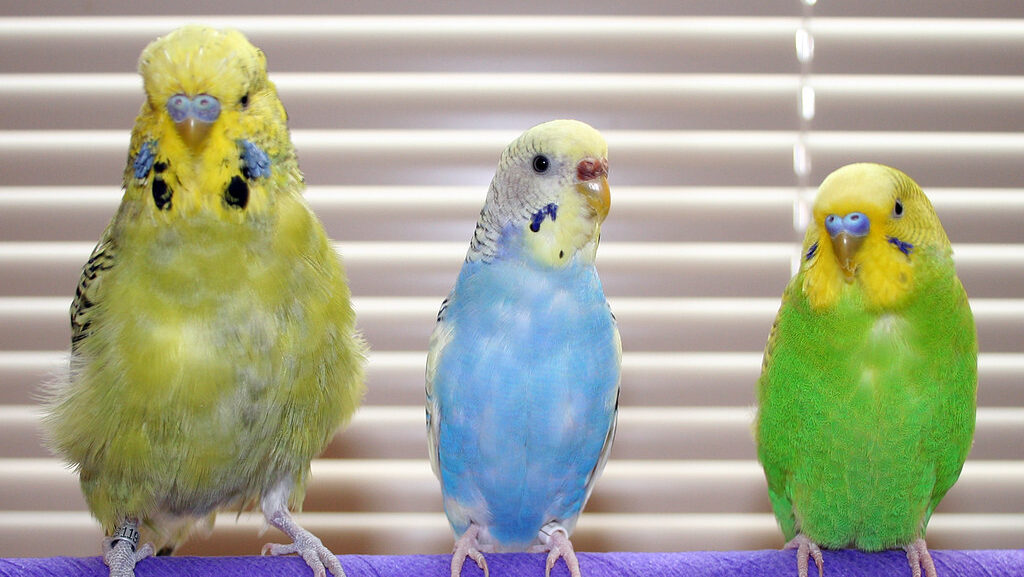
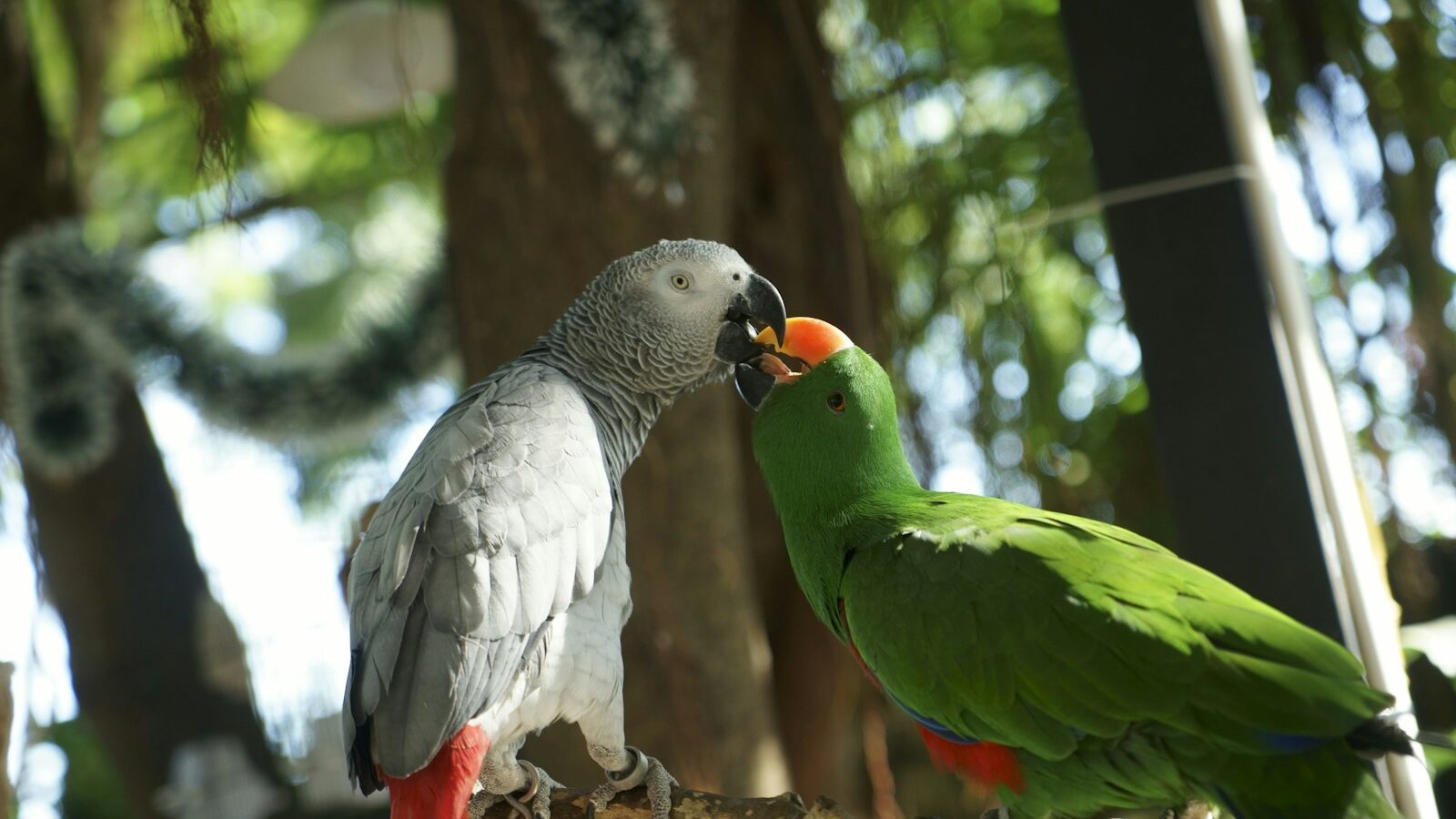

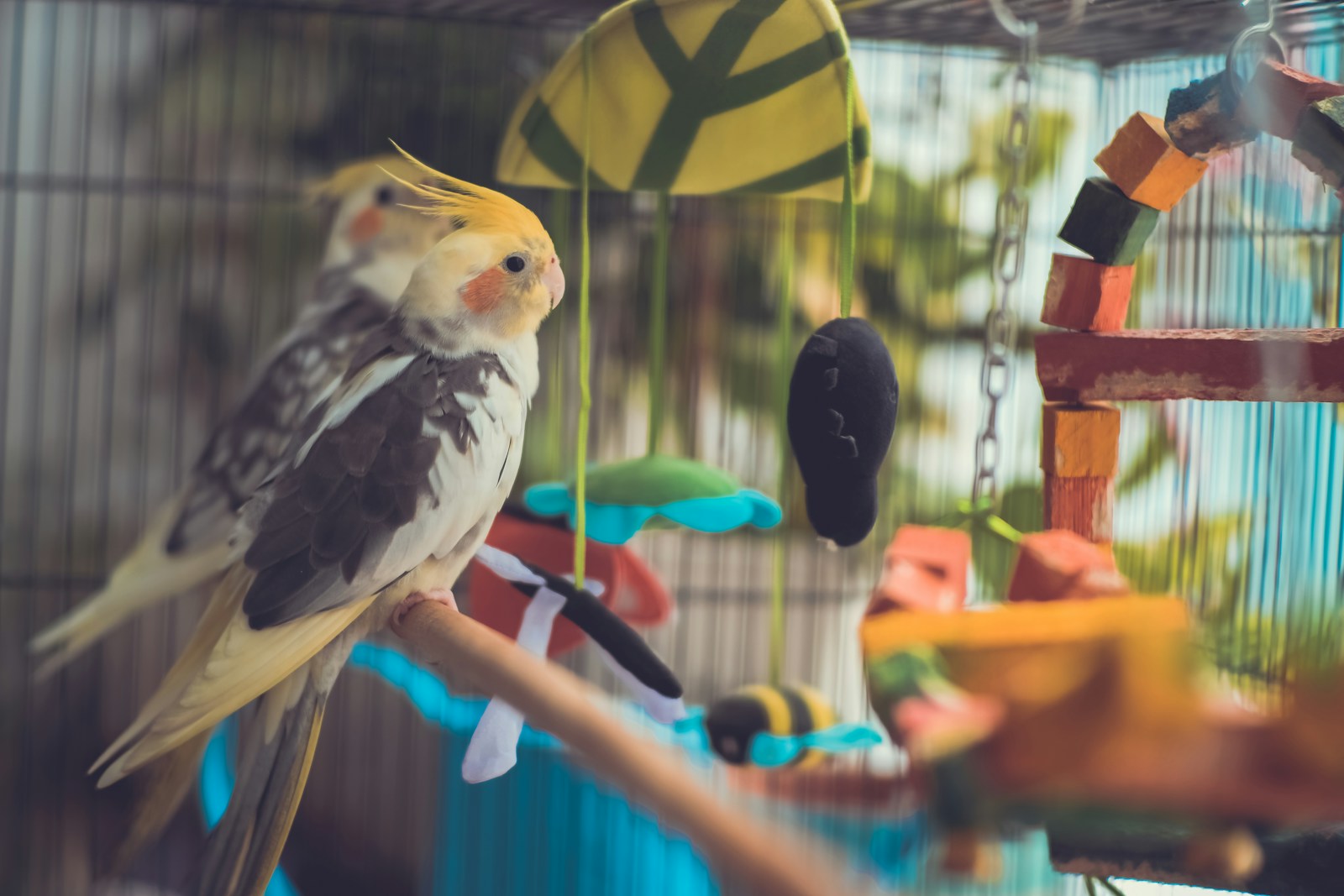
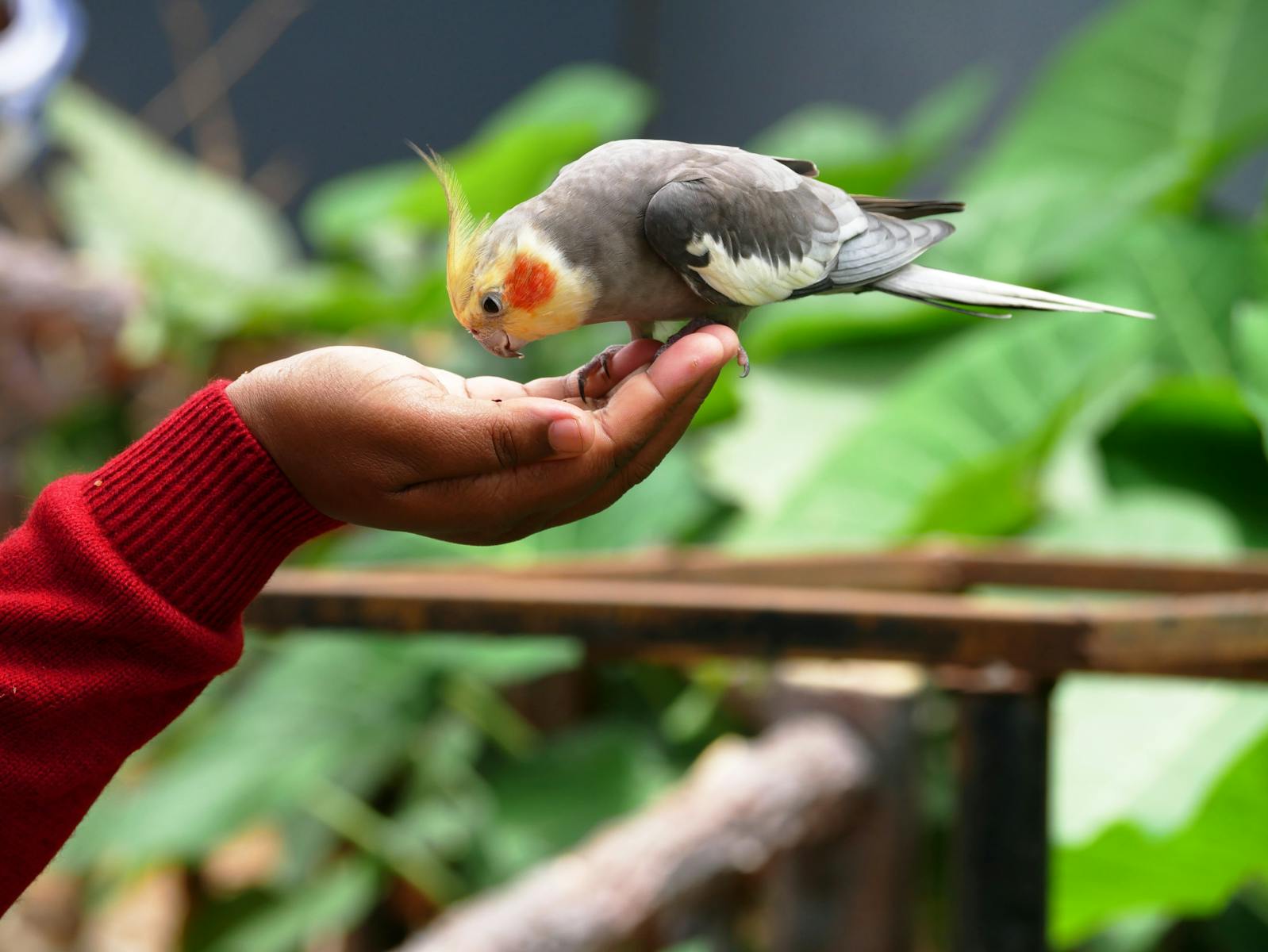
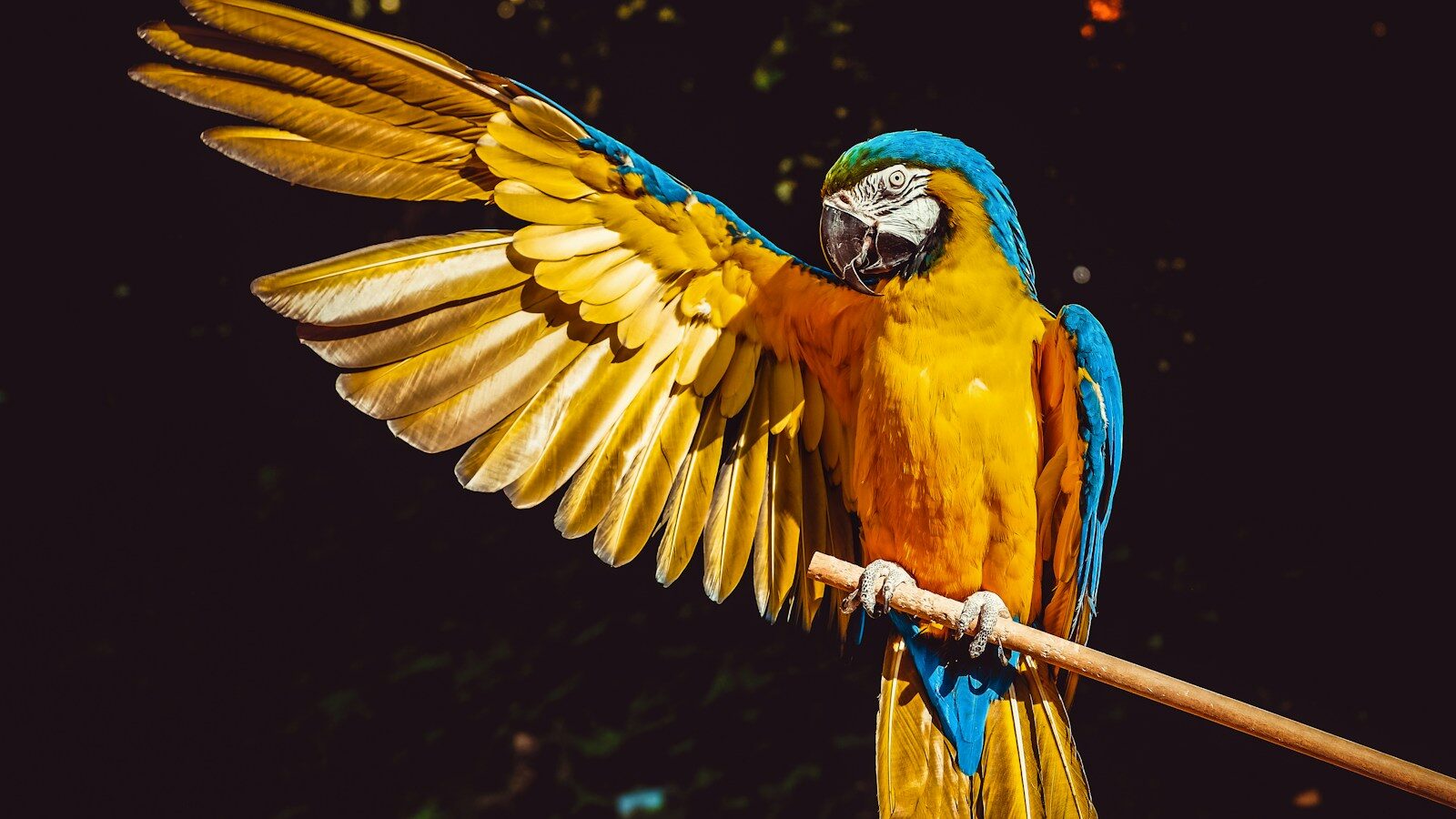




Leave a Reply